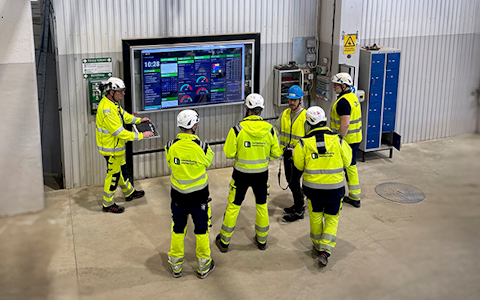
Digital dashboards that help you identify deviations and make the right decisions.
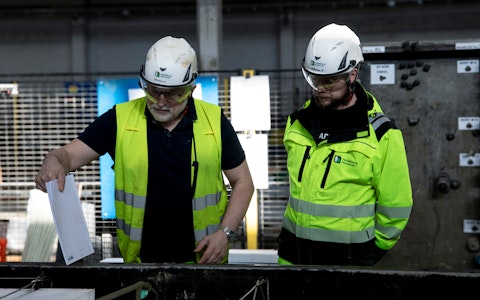
Capture your deviations and turn them into improvements
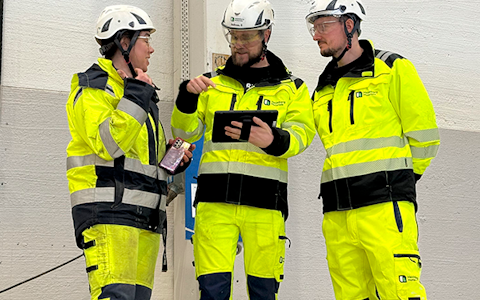
Continuous improvement, Kaizen boards, PDCA and other tools.
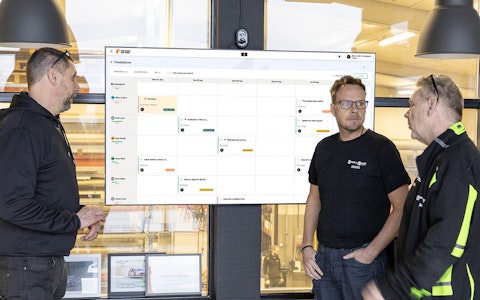
All your team’s tasks, neatly organized in one weekly view.
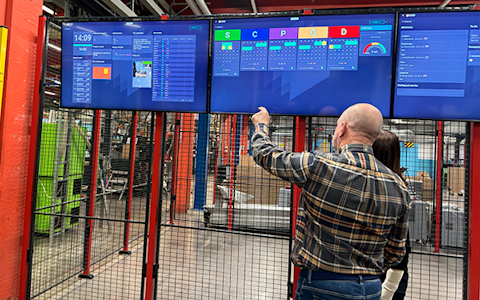
Improve key performance indicators within your specific focus areas with our SQCDP board.
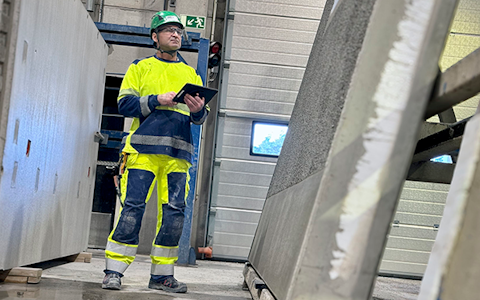
Use the PDCA cycle as a tool to improve both quality and processes
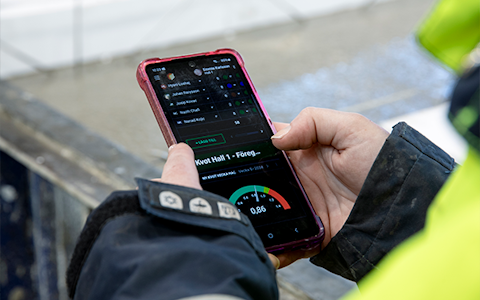
Digital tools for 5S work, recurring audits, and a well-organized workplace.
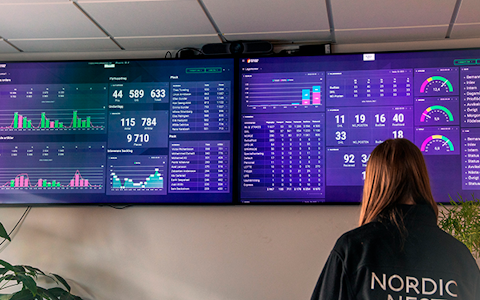
Visualize KPIs and communicate effectively throughout the entire organization.
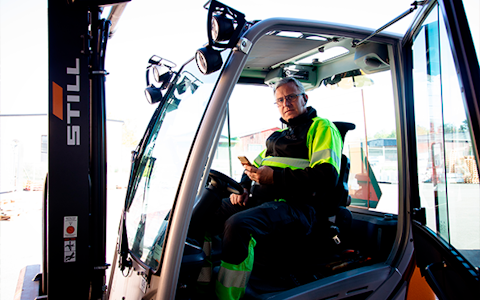
Basic project management and activity boards.
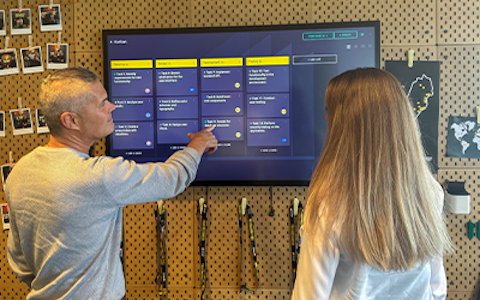
Kanban is a powerful method for visualizing, managing, and optimizing workflows.
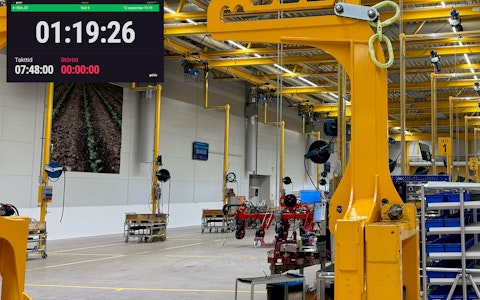
Digital dashboards for takt time flow with takt time counter and stop time log.
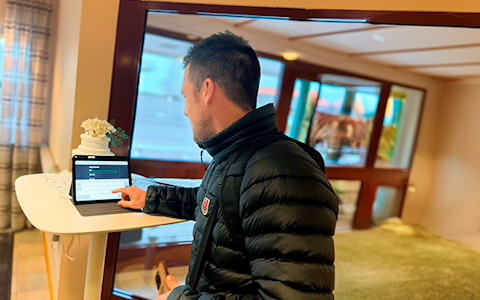
Digital visitor registration provides full control over all planned and executed visits to your business.
A lot has happened in product development on Boards on Fire's journey from idea to its first launch, and onwards towards a world-class system for digital daily management. In this article, our developer Tobias Runesson shares the efforts required to scale up and the team that made it possible!
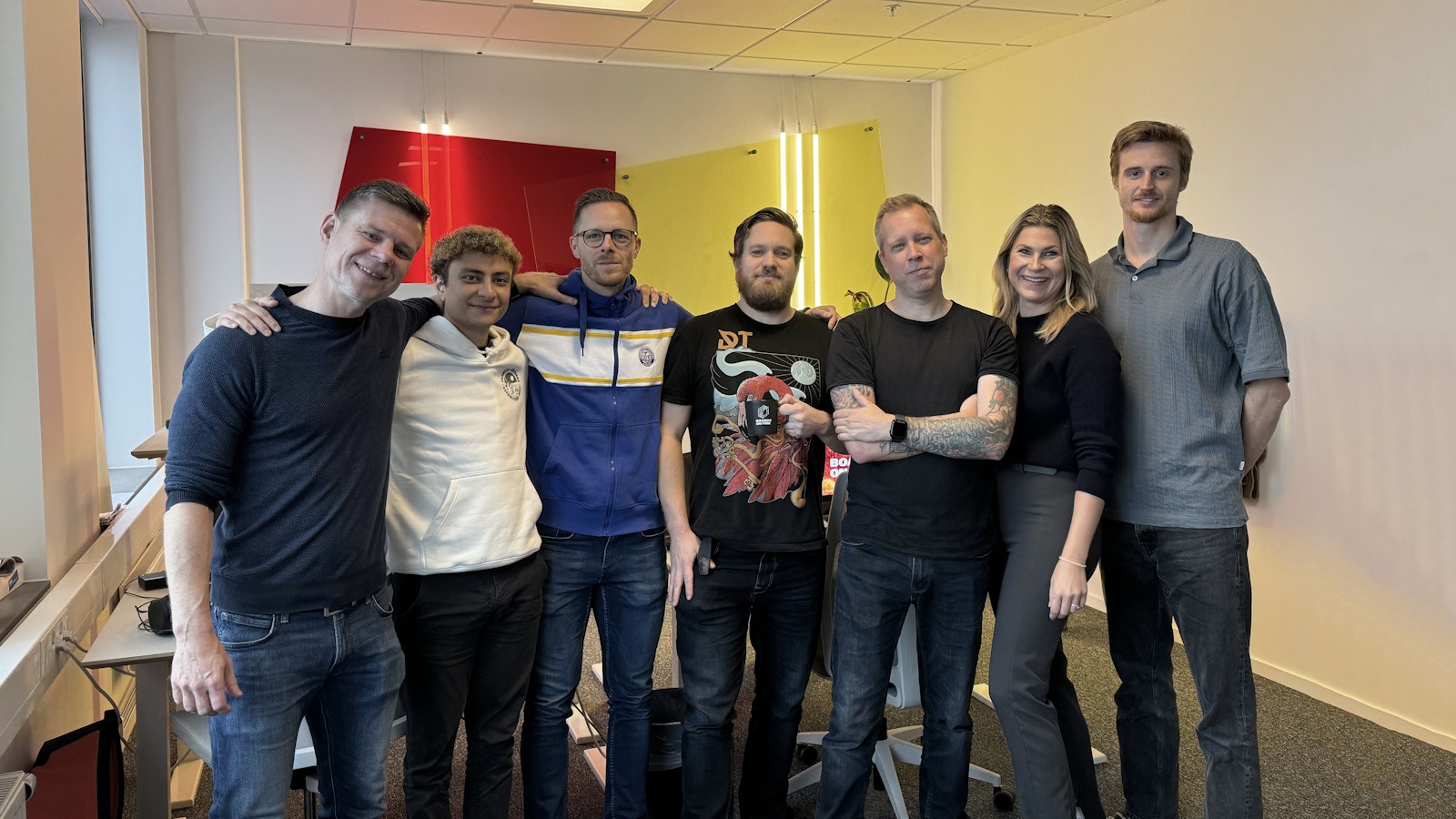
In 2018, developers Ola Karlsson and Gabriel Svennerberg, while working on their consultancy assignments, started a project aimed at helping Växjö Municipality's IT department work more efficiently with daily management. The initial idea was simple: digitalize whiteboards and create a product that promotes efficiency, data flow, and engagement. A MVP (Minimum Viable Product) was quickly developed, and in 2019, they took the next step when Beds by Scapa joined to build on the idea.
Since then, product development has progressed rapidly, and the system has grown to become a leading solution in digital daily management. By the end of 2020, we at Boards on Fire realized the potential was enormous. With several satisfied customers and steadily increasing demand, the decision was clear: it was time to build a world-class system. A system that would be modern, stable, robust, secure, and scalable. This would require a transition from Ruby on Rails to .NET and a move from Heroku to Microsoft Azure. A significant overhaul of the system architecture lay ahead of us, but it was a decision that would lay the foundation for the future of Boards on Fire.
The new vision brought along several challenges. Transitioning from Ruby, a dynamic language, to the strongly typed world of .NET was a significant change. We not only had to manage older data in new ways but also adapt and optimize how information is stored and updated. What makes Boards on Fire unique is its flexibility, allowing each customer to create their own data models — which imposes high demands on data structures. This required us to rethink and reassess previous solutions to create a system that is both flexible and secure.
We also knew there was technical debt from the product’s early Proof of Concept (POC) stage, which needed to be addressed to build a sustainable solution. Another critical challenge was migrating all existing customers to the new platform without disrupting their daily usage in any way.
Additional factors came into play: forming a new development team, establishing new processes, and limited product knowledge among most developers. Only three out of six had experience with Ruby on Rails, leading to a learning curve. And while we worked on the migration, the existing product continued to be used by customers, requiring ongoing changes and support as well.
We started by building the team — Martin Kassar, Jonas Sjöberg, Tobias Runesson, Ola Karlsson, Gabriel Svennerberg, and Johan Hultgren — and establishing a clear and efficient development process. Since we all had solid experience in development, we understood the importance of quickly setting up automated processes for tasks such as testing and code analysis. At the same time, we familiarized ourselves with the product in detail and began prioritizing the most critical aspects for the migration.
The work began with the foundational functionality. Even at this stage, many discussions took place about not merely transferring the existing code but challenging old decisions and looking for smarter and more sustainable solutions. With the ambition to build a system for the future, every decision was carefully considered, even if it sometimes meant longer development times. All of this was done with the goal of creating a robust and scalable platform.
As we approached a completed version of the platform in .NET and Microsoft Azure, it was time to develop a separate application to handle customer migrations. The goal was clear: to smoothly and efficiently transfer each customer from the old to the new platform.
The migration app was designed to migrate one customer at a time. It read data from the existing version (BOF1), transformed it to fit the new data model (BOF2), and then imported all the data. For the customer, this transition was seamless, taking only a few minutes, after which they could easily continue their work on the new, modern platform.
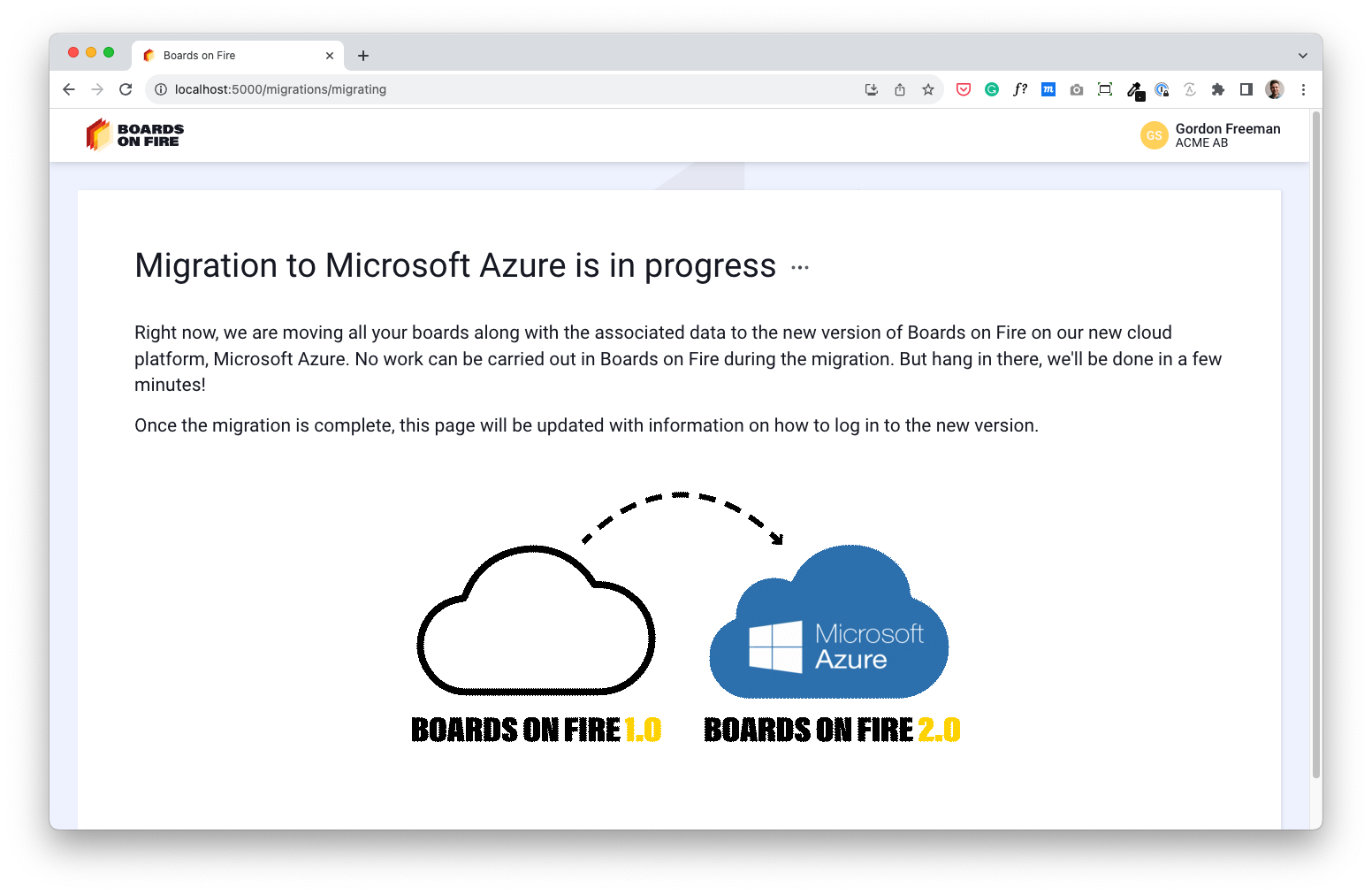
Just over a year after the work began, we proudly migrated the first customer to our new platform.
Expectations were high, and the team was eager to see how the system would handle the real-world test. With only a minor bug occurring at the start, the first migration was completed as planned, without any major issues.
This milestone confirmed that our development strategy was successful, and that the time and care we had invested in system architecture, data models, and processes truly paid off.
Since then, we have continued to gradually migrate more customers to BOF2, and the response has been very positive. The new platform has been welcomed with open arms, and we've heard from our users that performance, stability, and development of new features have reached new levels. Seeing our customers' smooth transition to the new system and how it has improved their workflow has been a fantastic validation of all our hard work and dedication.
Here are some key steps our development team has taken to bring Boards on Fire into the future:
The new platform is designed to have a long lifespan, scale up, and handle the increasing number of customers and data. We are proud of the journey we've undertaken and the improvements we've implemented to ensure that Boards on Fire will continue to be a leading product in digital daily management well into the future.
Happens at Boards on Fire
Free web demo